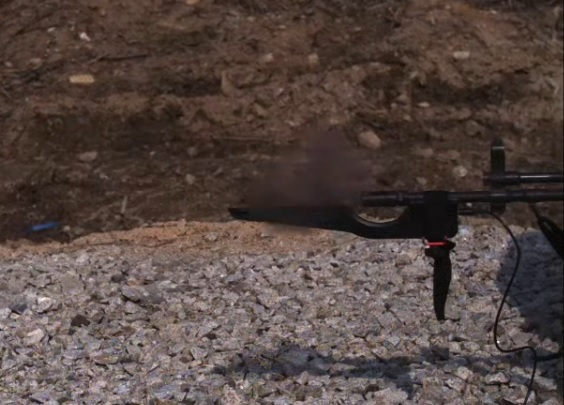There are two ways to evaluate the small-arms ammunition, “Quality specification” and “Performance specification”. The “quality specification” only measures the environmental test and the muzzle velocity within the range set 50 years ago during manufacturing tests. The “performance specifications” apply the standards that require hitting a certain number of plates of a certain size and thickness within a specified effective range, and penetrating them.
Tests for “quality specification” are closely related to rifles. To meet the performance requirements of rifles, the state of ammunition (projectile, powder amount, etc.) can be adjusted according to the “strength of the charge” and “degree of durability” within a certain range. If tested in this way, it can ultimately lead to a decrease in confidence in the actual operating ammunition and new rifles because there are too many possible scenarios that can occur with rifles or ammunition.
NATO, which established standards for ammunition, emphasizes performance specifications for ammunition. It is stipulated that soldiers can only use ammunition that meets the NATO-regulated performance. Additionally, recently, NATO has been pursuing a direction that does not use lead to avoid the impact of lead dust generated during the process of consuming ammunition, and certifies that ammunition that meets such performance specifications can be used by NATO. NATO does not regulate the performance of rifles, but only the performance of ammunition.
What about each country’s ammunition testing (quality) specifications? Some countries apply performance specifications, including initial lots of some early products, but only confirm quality specifications for ammunition delivered after the initial lot. It is a matter of leaving it up to the conscience of ammunition manufacturers. Then, which test evaluation is used to supply ammunition to the battlefield in the Korean military?
Soldiers on the battlefield trust ammunition and expose themselves to the battlefield environment. Soldiers must be guaranteed the use of rifles and ammunition that meet the performance requirements. Rifles and ammunition are directly related to the survival of friendly forces. To do this, agencies handling ammunition believe that they should inspect ammunition with performance specifications for actual soldiers and introduce rifles that can be used accurately and extensively with excellent durability. Defense companies should also make efforts to research and develop rifles that can meet ammunition performance requirements, shouldn’t they?



![[DR Column] “Quality specification” or “Performance specification”?](http://duretek.com/wordpress/wp-content/uploads/2023/01/cropped-KakaoTalk_20230111_155705384_09.jpg)
![[DR Column] “Quality specification” or “Performance specification”?](http://duretek.com/wordpress/wp-content/uploads/2023/03/품질규격-총구속도-측정의-예-303x300.png)